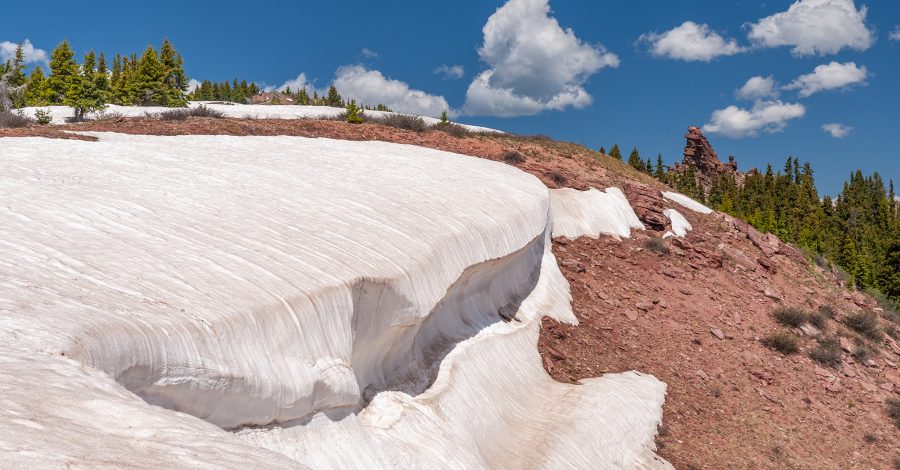The water outlook for 2025 is hot and dry, but water supply availability should not be an issue this year, thanks to the reservoir storage that has been built up over the past two years. However, our water supply savings account will likely be drawn down significantly, such that the snowpack next winter will be a critical factor on whether water supply shortages are in our near future. Mountain snowpack is nature’s water supply reservoir for the Western U.S., and the most recent index is fairly bleak. The snowpack either did not build up or has melted early, which means less water supply through the summer irrigation season. And it is likely that irrigation use will be high this summer, because it’s predicted to be hot across much of the West.
To replace the lack of natural storage in the snowpack and to manage through the heat, it is likely that many water users will rely heavily upon reservoir storage that has accumulated from two relatively good water supply years in 2023 and 2024. With the exception of perpetual problems in southwestern reservoirs, current reservoir storage across much of the Western U.S. is at or above average (according to NRCS and USBR). However, we are likely to end the year with a lot less storage. Plan to do some snow dances during the upcoming winter, and in case those efforts do not yield much, plan for spot market water prices to rise next year in response to dry conditions. In many regions, we see spot market water prices increase 2x to 4x compared to average pricing.
For water managers: Now may be a good time to secure additional water supply reserves to minimize costs for next year. If you want to better understand spot market water prices or what your particular water supply situation may be heading into next year, then reach out to us at info@waterexchange.com to discuss water supply options and how to minimize water supply costs during a drought.


